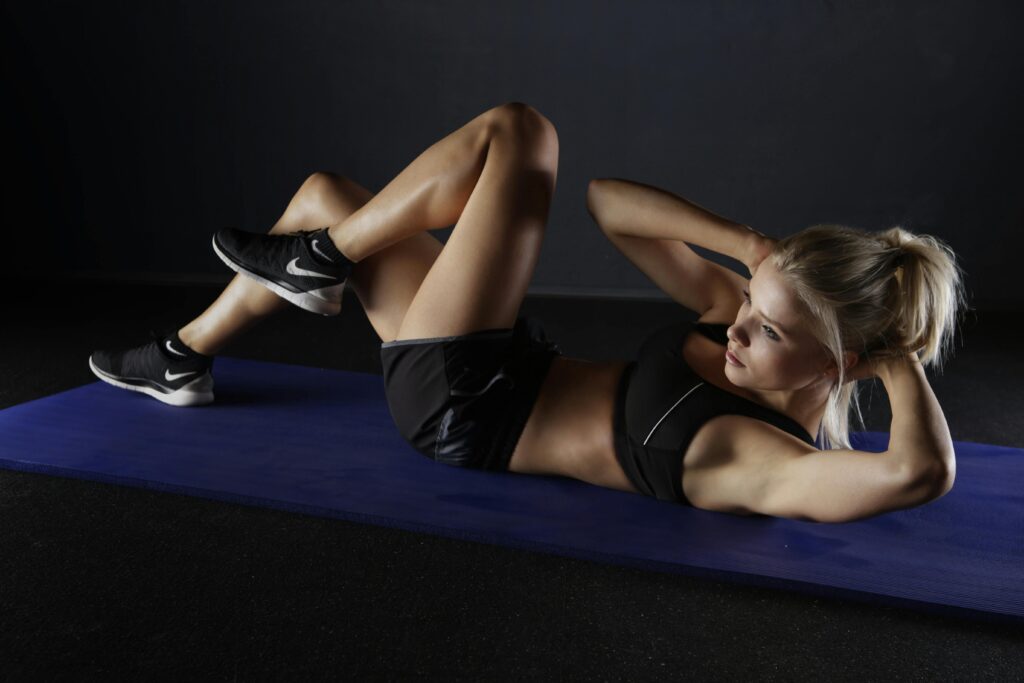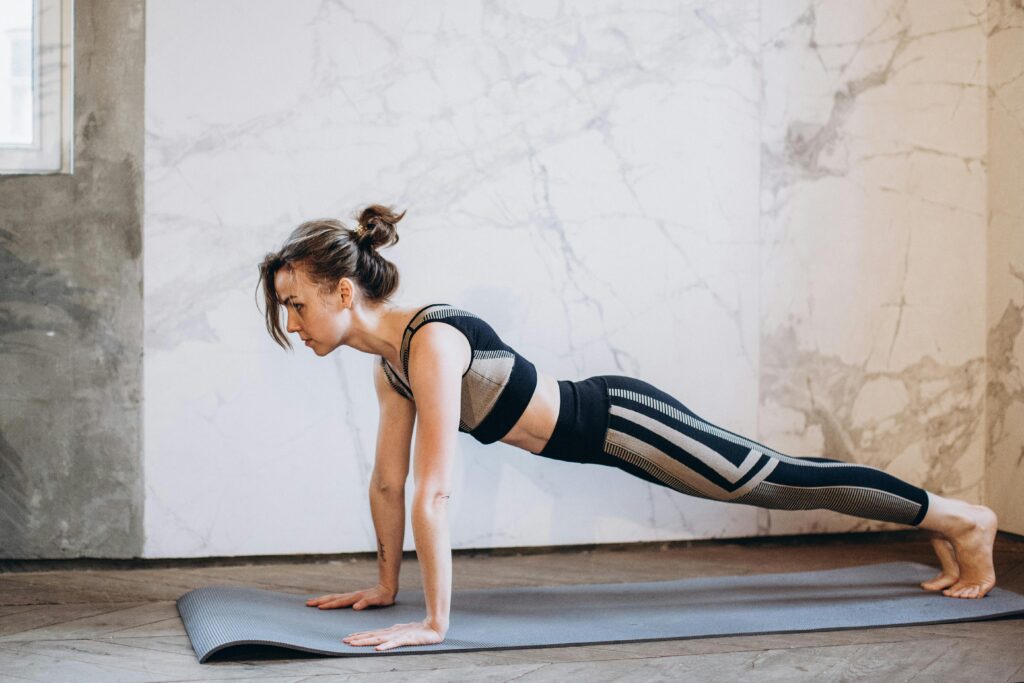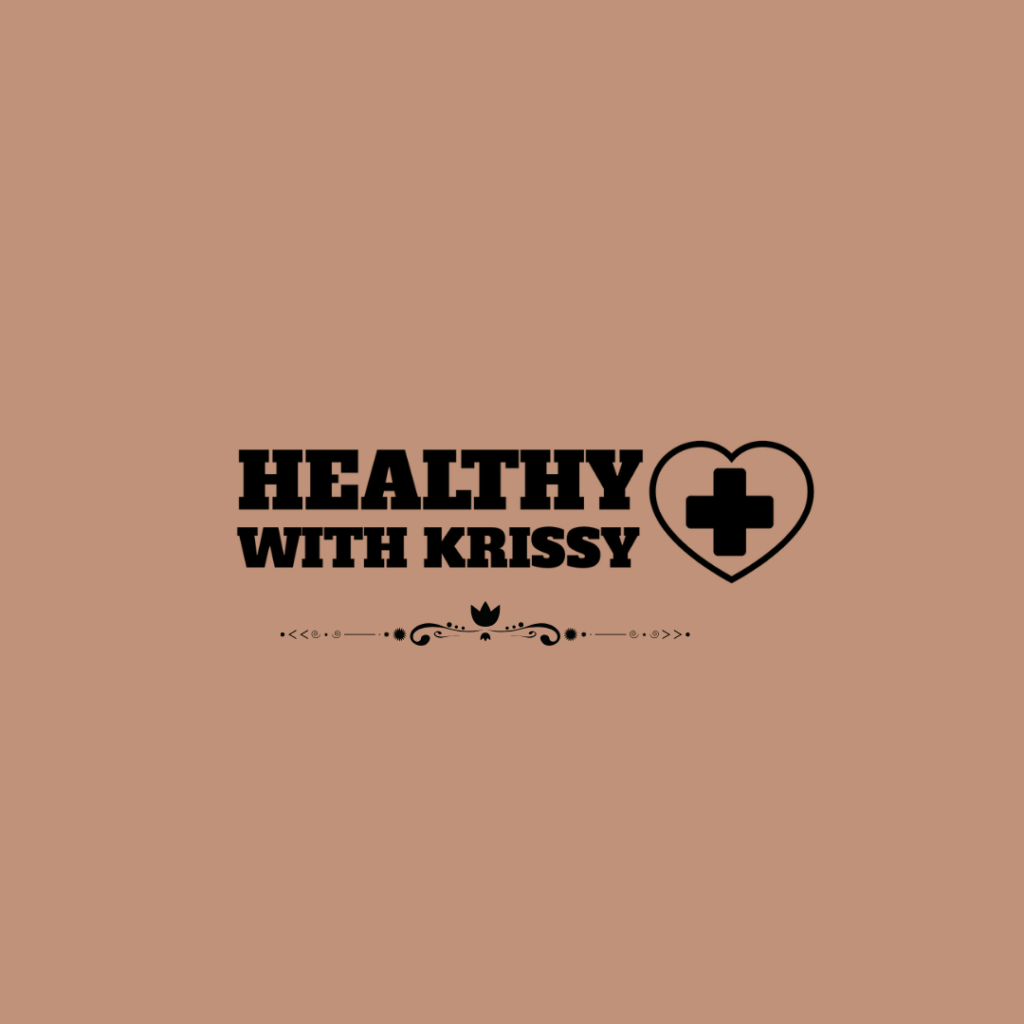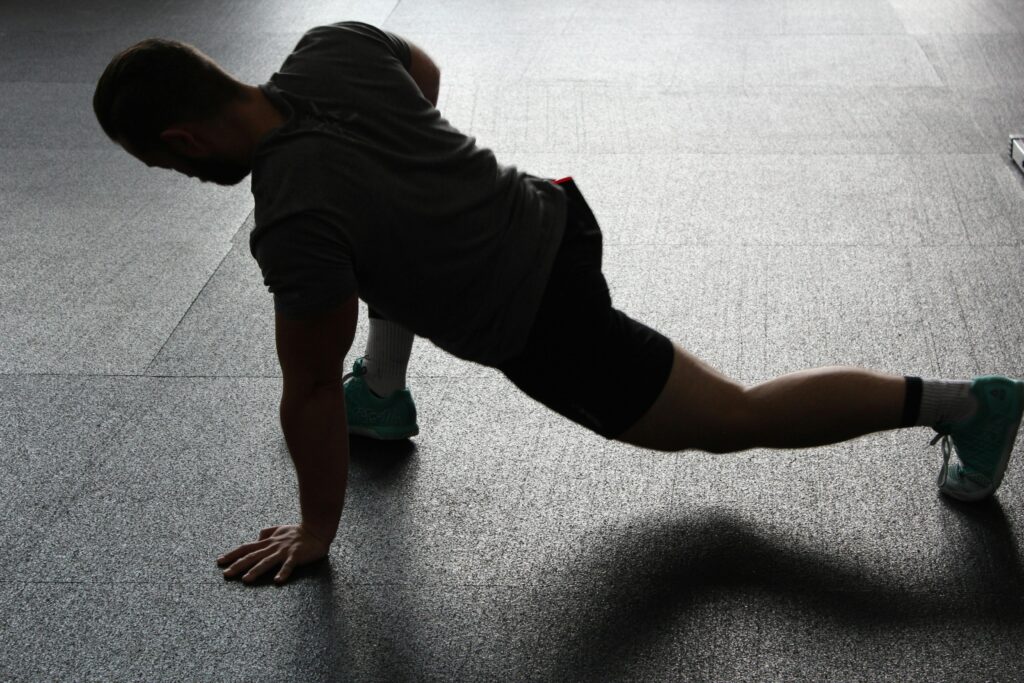I hate this every single time. I come to the gym and I have to do the “stupid” warm-up. Especially when it’s morning and I just got out of bed. I hate it. I’d much rather just do my workout routine right away and then go straight to school. But do you know why we warm up? Why is it an unskippable part of any athlete’s warm-up? Let’s look into that Together.
A warm-up is a crucial part of any workout. It doesn’t matter what kind of sport or activity you are doing, you should not skip it. It helps you prepare for the workout ahead both physically and mentally. It gradually increases heart rate, boosts blood flow to muscles, prepares you for movement, and reduces the risk of injury. Warming up also activates the nervous system, improving coordination and performance. Dynamic stretches or light cardio movements enhance flexibility, enabling a full range of motion during exercise. Mentally, a warm-up helps you and prepares you for the intensity of the workout ahead.
Incorporating 5 to 10 minutes of warm-up can enhance your performance while minimizing the chance of strain or injury.
And now that we know why we work out, let’s see how should a proper warm-up look.

Just as the workout itself consists of some parts, so does the warm-up. These are:
- Cardiovascular activation
- Dynamic stretching
- Sport-specific movements
- Neuromuscular activation
I know that some of these terms sound extremely confusing, or maybe you just don’t know what exactly do they mean, but we will look right into that.

Cardiovascular activation
This part of the warm-up is all about gently increasing your heart rate and circulation to prepare your body for exercise. This can be done through light cardio activities like brisk walking, jogging or cycling. The goal is to elevate your body temperature and increase blood flow to your muscles, which helps reduce stiffness and the likelihood of injury. This phase usually lasts 5 to 10 minutes and ensures your body is ready for more intense movements while gradually increasing your breathing rate.
Dynamic stretching
This part involves moving muscles and joints through their full range of motion to prepare them for the workout ahead. Unlike static stretching, dynamic stretches are active movements that warm up your muscles, improve flexibility, and increase mobility. Common examples include leg swims, arm circles, walking lunges, or torso twists. These movements mimic the actions you’ll perform during your workout, helping to activate the muscle groups you will engage and reduce the risk of injury by improving muscle coordination and elasticity.
Sport-specific movements
This one focuses on low-intensity exercises that mimic the activities you will perform during your workout, This helps activate and engage the muscles you’ll be using, ensuring they’re properly warmed up and ready for more intense work. For example, if you’re about to lift weights, you might do bodyweight squats or push-ups to activate those muscles. For running, you could incorporate high knees or butt kicks. This prepares your body for specific movements, enhancing performance and reducing injury risk.
Neuromuscular activation
As the title of this block indicates we will be talking about exercises that stimulate the nervous system but also those ones that you’ll use in the workout. This typically includes short bursts of movement, such as jumping jacks, explosive jumps , or sprints, which improve muscle coordination, reaction time, and balance. The goal is to prime your body for higher-intensity work by engaging fast-twitch muscle fibers and enhancing muscle responsiveness. This block ensures you’re ready for the demands of more strenuous exercise, boosting both performance and safety.

And you’ve made it to the end 😊. I hope you learned something about why you should warm up, and how to do it properly. Let me know in the comments or via email if you did decide to use some of my recommendations and if you had a good experience with them.
Thank you for reading and I hope I’ll see you next week. Stay happy, and healthy. Until next time 😊

